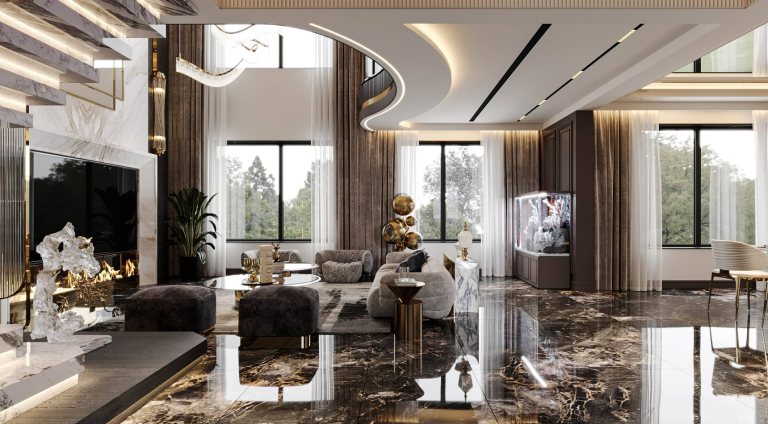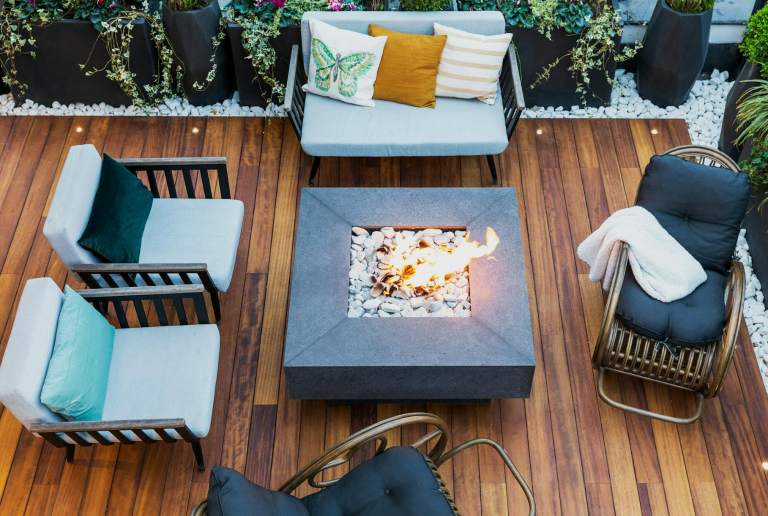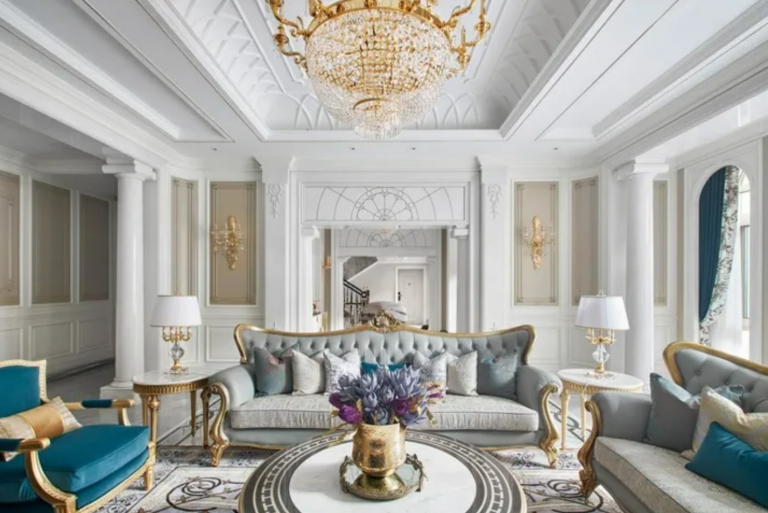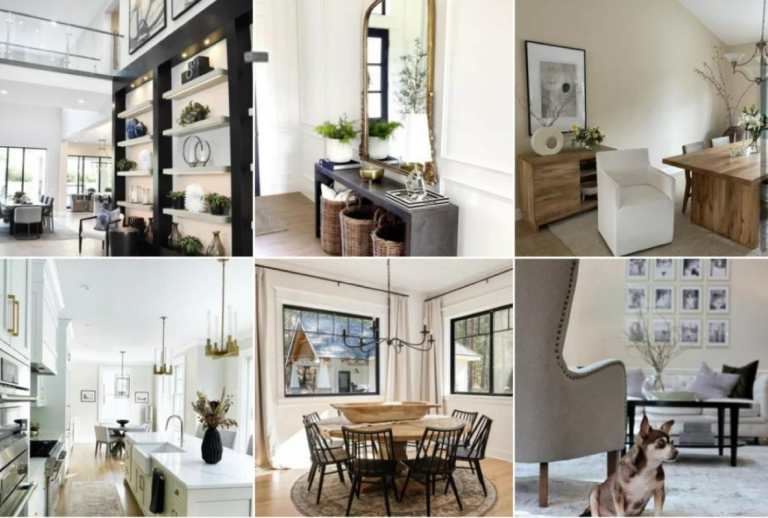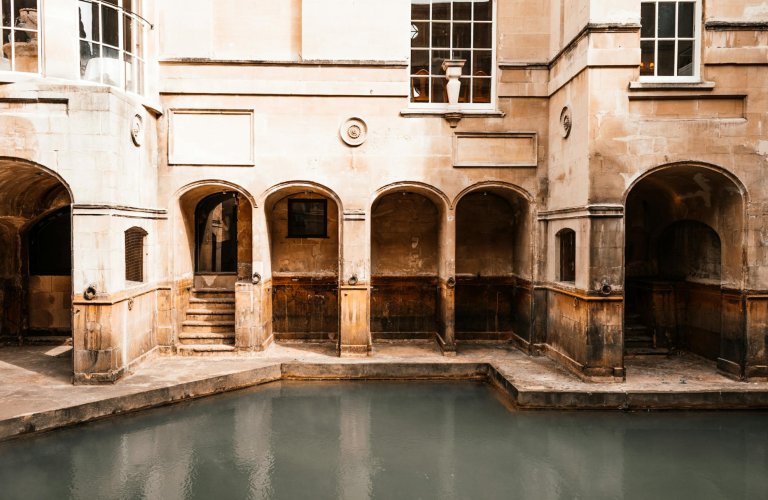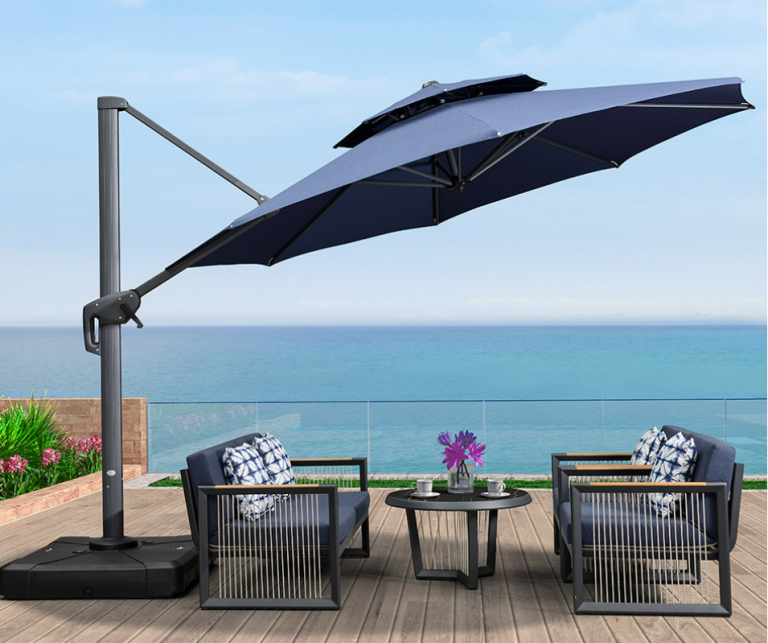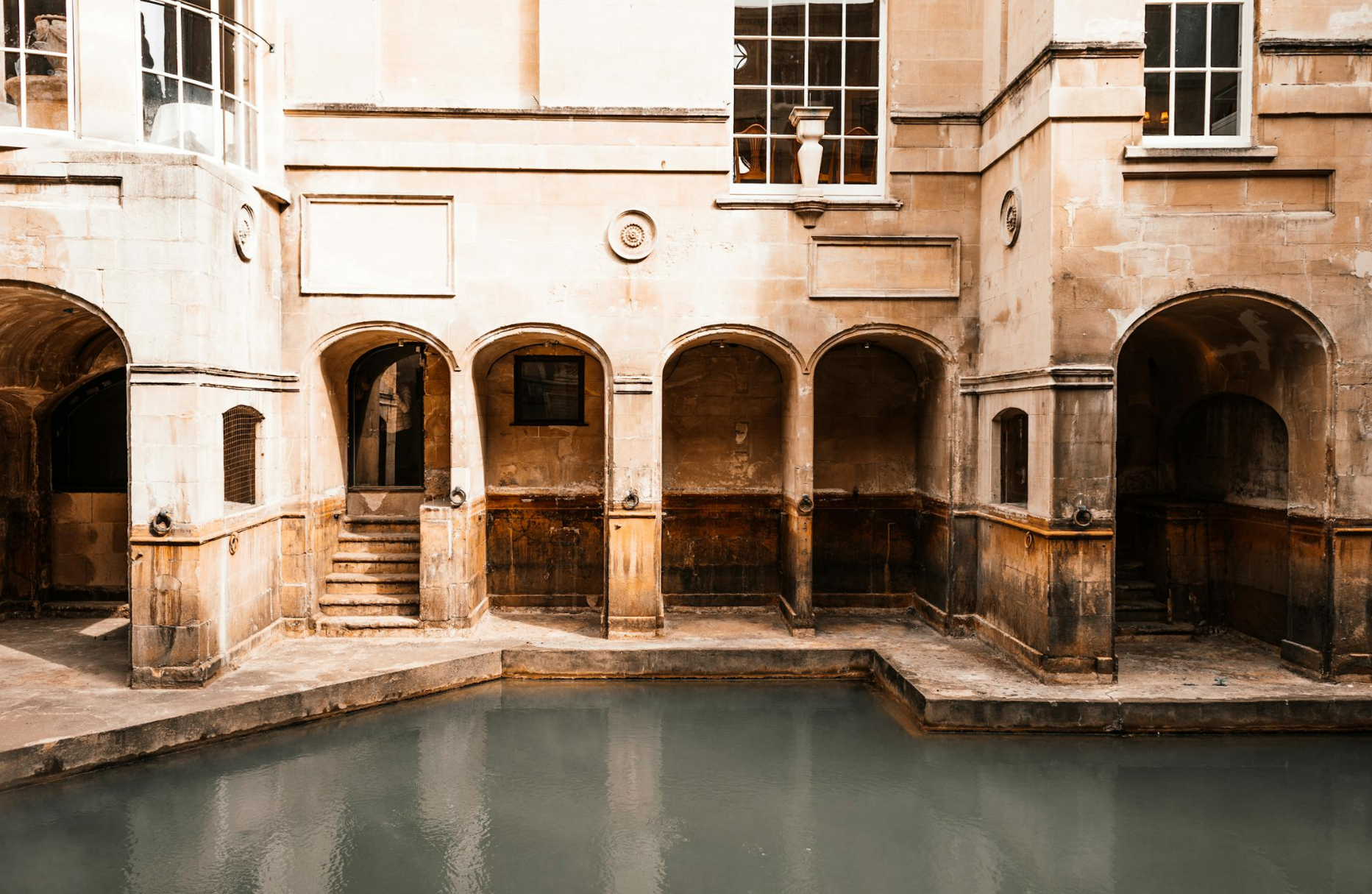

From Scandinavian to Japanese Style: How to Create Minimalist Aesthetics?
Introduction: The Global Appeal of Minimalism
Minimalism isn’t just a design trend—it’s a lifestyle movement that has taken over homes from Stockholm to Tokyo. But why does it resonate so deeply? In a world cluttered with noise, ads, and endless stuff, minimalist aesthetics offer clarity, calm, and intention. Whether you lean toward Scandinavian coziness or Japanese Zen, mastering minimalism means understanding its roots and principles. Let’s break it down.
1. Understanding Minimalism: More Than Just “Less”
What Minimalism Really Means in Design
Minimalism isn’t about empty white rooms (despite what Instagram shows). It’s about curation—keeping only what adds value, function, or joy. Think of it as editing a sentence down to its most powerful words.
Why It’s More Relevant Than Ever in 2025
With smaller urban spaces, environmental concerns, and mental health awareness, people crave breathing room. Minimalism answers that need by reducing stress through simplicity.
2. Scandinavian Minimalism: The Art of Functional Beauty
Key Principles of Scandinavian Design
- Function first: Every piece must serve a purpose.
- Light and airy spaces: Large windows, white walls, and reflective surfaces.
- Natural materials: Light woods (like pine or birch), wool, and linen.
Essential Elements: Light, Wood, and Neutral Tones
Scandinavian design thrives on warm neutrals (think: soft grays, creamy whites) and textural contrast (a chunky knit throw on a sleek sofa).
How to Achieve the “Hygge” Factor
Hygge (pronounced “hoo-gah”) is the Danish art of cozy contentment. Add candles, faux-fur rugs, and a single statement plant (like a fiddle-leaf fig) for that inviting vibe.
3. Japanese Minimalism: Zen and the Empty Space
The Philosophy of “Ma” (Negative Space)
In Japan, emptiness isn’t lacking—it’s sacred. “Ma” refers to the purposeful gaps between objects, allowing energy (and your eyes) to flow freely.
Natural Materials and Asymmetry in Japanese Design
- Tatami mats, shoji screens, and dark woods (like cedar) ground the space.
- Asymmetrical layouts mimic nature’s imperfect balance.
Wabi-Sabi: Embracing Imperfection
A crack in a ceramic bowl? Fading indigo fabric? Wabi-sabi celebrates wear, proving beauty lies in authenticity, not perfection.
4. Comparing Scandinavian vs. Japanese Minimalism
Similarities: Simplicity and Nature
Both styles:
✔️ Avoid clutter.
✔️ Use natural materials.
✔️ Prioritize light (natural or diffused).
Differences: Warmth vs. Serenity
- Scandinavian: “Hygge” = warmth, layered textures.
- Japanese: “Zen” = stillness, muted tones, and shadows.
5. How to Blend Both Styles for a Unique Look
Choosing the Right Color Palette
- Scandi base: White oak floors + off-white walls.
- Japanese accents: Charcoal textiles + bamboo blinds.
Furniture Selection: Low-Profile vs. Organic Shapes
- Japanese: Low tables, floor cushions.
- Scandi: Organic-shaped sofas (like a curved modular).
Lighting: Soft Glow vs. Natural Shadows
- Scandi: Paper lanterns or globe pendants.
- Japanese: Andon lamps (soft, diffused light).
6. Step-by-Step Guide to a Minimalist Living Room
Decluttering: What to Keep and What to Let Go
Ask: ”Have I used this in a year?” If not, donate/sell.
Selecting Key Furniture Pieces
- A sofa with clean lines (no tufting or bulky arms).
- A wooden coffee table (round for flow; square for structure).
Adding Texture Without Overcrowding
One textured rug, one knit throw, and matte ceramics on a shelf.
7. Minimalist Bedrooms: A Sanctuary of Calm
The Ideal Bed Frame and Bedding Choices
- Platform bed (low to the ground, no footboard).
- Neutral linen sheets + a single textured bolster pillow.
Storage Solutions That Disappear
Under-bed drawers, floor-to-ceiling built-ins, and hidden nightstands.
8. Minimalist Kitchens: Where Form Meets Function
Streamlined Cabinetry and Hidden Storage
Handle-less cabinets, deep drawers, and appliance garages.
The Beauty of Open Shelving (Done Right)
Limit to 3–5 items per shelf (e.g., matching bowls, a cookbook, a plant).
9. Common Mistakes in Minimalist Design (And How to Avoid Them)
Too Sterile? How to Add Warmth
- Wooden cutting boards on the counter.
- A single piece of handmade pottery.
Overcrowding with “Minimalist” Decor
Less is more. One art piece > a gallery wall.
10. The Future of Minimalism: What’s Next?
Sustainable Minimalism: Eco-Friendly Choices
- Recycled materials.
- Energy-efficient lighting.
Tech Integration in Minimalist Homes
Hidden outlets, wireless charging stations, and voice-controlled lighting.
Conclusion: Finding Your Minimalist Aesthetic
Whether you’re drawn to Scandinavian warmth or Japanese tranquility, minimalism is about intentional living. Start small—clear a shelf, choose one room—and let the calm unfold.
FAQs About Minimalist Design
1. Can minimalism work in a family home with kids?
Yes! Use durable materials (like leather sofas) and smart storage (baskets, bins).
2. What’s the biggest misconception about minimalism?
That it’s “cold.” Texture and natural elements make it inviting.
3. How do I convince my partner to embrace minimalism?
Start with one clutter-free zone (like the entryway) to showcase the benefits.
4. Is minimalism expensive?
Not necessarily. Second-hand wood furniture and DIY storage cut costs.
5. Can I keep sentimental items in a minimalist home?
Absolutely. Display 1–2 meaningful pieces—just rotate them seasonally.
